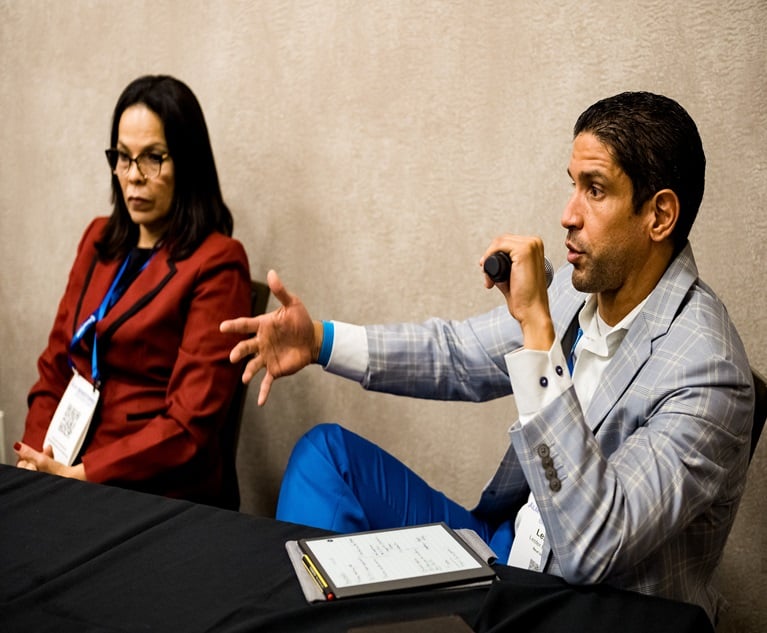Far too frequently, competent salespeople are expected to channeltheir own activities into the areas that will produce the quickestwins.
|Unfortunately, left to their own devices, far too many don'tdevelop and pursue a formal strategy for moving a sale tangiblyforward during each prospect interaction, neither do they have aclearly defined set of goals against which to measure the progressthey are making.
|Typically, their judgment is based on gut reaction and is purelysubjective i.e. “Oh yes, I'll get that order, he likesme” because salespeople have to be optimistic by nature.They end up dancing around with prospects, in the hope thateventually they will get to their chosen point on the dance floor,i.e. the sale. In this scenario, the prospect has completecontrol.
|This lack of a plan is often fatal, because as recent researchfrom The ResultsCorporation PLC shows:
- 60 percent of clients buy after five “No's;” and yet…
- 44 percent of salespeople give up after the first “No;”
- 22 percent after the second “No;” and
- 14 percent after a third “No.”
When their efforts don't pay off immediately, even experiencedsalespeople tend to become discouraged. They spend more and moretime struggling to meet their sales quotas and working less andless efficiently.
|Feeling powerless
Feeling increasingly powerless to influence prospects, they mayalso begin to press for a sale in ineffective ways, for instance,by arranging full-dress product presentations to prospects thatthey have not even qualified or who haven't yet agreed that theyneed the solution being presented. They allow prospects to milkthem for information without getting a commensurate commitmentfirst and even worse they fail to defend margin and makeunprofitable sales in order to achieve quotas.
|The details of what goes wrong, differs for each individualsalesperson, but the net result is always the same, a discouragedsales force, diminished sales efficiency (i.e. wasted investment ofsales time and resources that fail to produce high-quality sales)and, consequently, increased cost of sales which inevitablydrastically reduces net profit.
|Bottom line
What's the bottom line? Sales never result efficiently andwith maximum revenue unless the sales process is continually andclosely managed. But, before the sales process can be managed, itmust be manageable.
|However, a word of caution…
|But, and this is a very big BUT, it is not uncommon for anorganization's sales process to restrict and even stifle success bybeing far too rigid. In many scenarios, creativity is discouraged,and the rules are very black or white.
|In my opinion, a sales process should act as a “guide”particularly where activity is concerned, and always be flexibleenough to accommodate individuals who sometimes need to workoutside of the “boundaries.”
|Related:
|||Want to continue reading?
Become a Free PropertyCasualty360 Digital Reader
Your access to unlimited PropertyCasualty360 content isn’t changing.
Once you are an ALM digital member, you’ll receive:
- All PropertyCasualty360.com news coverage, best practices, and in-depth analysis.
- Educational webcasts, resources from industry leaders, and informative newsletters.
- Other award-winning websites including BenefitsPRO.com and ThinkAdvisor.com.
Already have an account? Sign In
© 2024 ALM Global, LLC, All Rights Reserved. Request academic re-use from www.copyright.com. All other uses, submit a request to [email protected]. For more information visit Asset & Logo Licensing.








